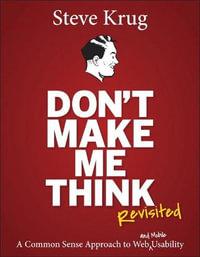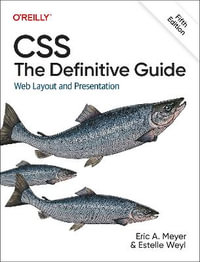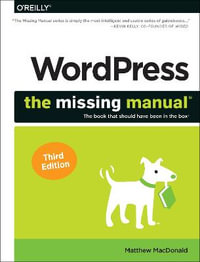Slow websites infuriate users. Lots of people can visit your web site or use your web application - but you have to be prepared for those visitors, or they won't come back. Your sites need to be built to withstand the problems success creates. "Building Scalable Web Sites" looks at a variety of techniques for creating sites which can keep users cheerful even when there are thousands or millions of them. Flickr.com developer, Cal Henderson, explains how to build sites so that large numbers of visitors can enjoy them. Henderson examines techniques that go beyond sheer speed, exploring how to coordinate developers, support international users, and integrate with other services from email to SOAP to RSS to the APIs exposed by many Ajax-based web applications. This book uncovers the secrets that you need to know for back-end scaling, architecture and failover so your websites can handle countless requests. You'll learn how to take the "poor man's web technologies" - Linux, Apache, MySQL and PHP or other scripting languages - and scale them to compete with established "store bought" enterprise web technologies.
Toward the end of the book, you'll discover techniques for keeping web applications running with event monitoring and long-term statistical tracking for capacity planning. If you're about to build your first dynamic website, then "Building Scalable Web Sites" isn't for you. But if you're an advanced developer who's ready to realize the cost and performance benefits of a comprehensive approach to scalable applications, then let your fingers do the walking through this convenient guide.
Industry Reviews
"What this book gives, possibly uniquely, is both a look at the whole spectrum of building a service and some details of all the major stages. It's ideal to give to someone who has a tight focus or experience on a particular area, e.g. writing lines and lines of PHP code which kills the database or filer because the author has little appreciation of what happens at other levels of the system structure. This book would make an ideal guide to people who need to be given some indications of the world beyond a small area. It's also a good read for those who build web sites which may potentially get a large volume of traffic to learn from flickr and why they made the decisions they made." - Sam Smith, news@UK, September 2006
























